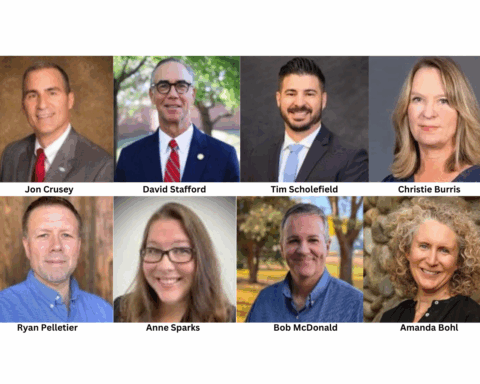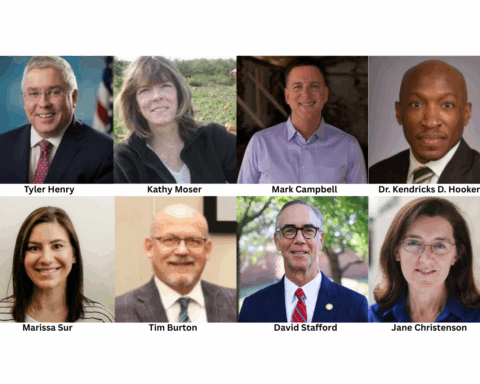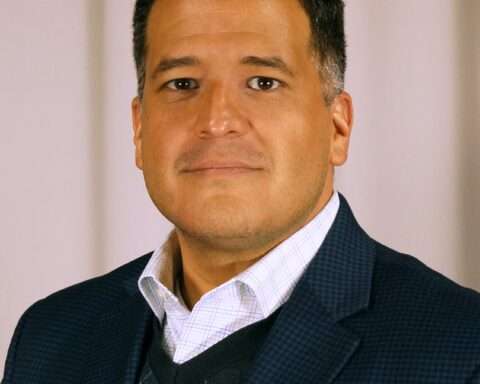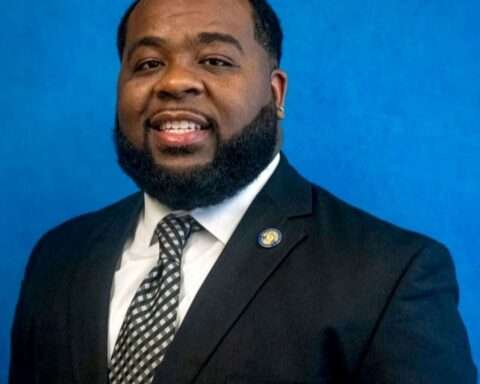Researchers at the University of Cincinnati (UC) are using cutting-edge digital technology like artificial intelligence (AI) to improve worker safety in Ohio.
Thanks to a grant from the Ohio Bureau of Workers’ Compensation (BWC), UC’s College of Engineering and Applied Science is developing solutions to enhance safety for workers in environments with autonomous robots, which are becoming more common in warehouses and other workplaces.
To study safety and efficiency, UC professors are utilizing tools like “digital twins”—virtual models of real-world physical objects—that can simulate real workplace scenarios.
In the university’s Smart Manufacturing Lab, researchers are deploying generative AI to predict human motion in spaces where workers interact with robots, such as warehouses and factory floors. The team creates motion-planning algorithms and uses simulations to help robots avoid collisions with workers.
“We’re using digital twins and putting them through thousands of scenarios, similar to a flight simulator, so the AI can practice and prevent collisions,” says UC Professor Sam Anand.
The Ohio BWC is also funding a project at UC to develop an advanced “smart” hard hat. This project brings together experts in electronics, sensors, novel materials, and concussion mitigation.
UC’s researchers are investigating new energy-absorbing materials that can be used to line hard hats to reduce injuries caused by blows to the head. The hard hats will also feature embedded sensors that alert workers and employers when medical attention is needed after a potential concussion or head injury.
“Hard hats were popularized when the Hoover Dam was built. Workers made their own by tarring baseball caps together, so the bills were front and back. It was a wild concept,” says UC biomedical engineering Professor Eric Nauman. “In the last 20 years, we haven’t seen many advances in hard hats.”
Nauman, who also studies concussion prevention in sports like football, believes these innovations present a major opportunity to improve worker safety.
“We have the ability to save lives in ways we couldn’t before,” Nauman says.
Photo by Kateryna Babaieva













